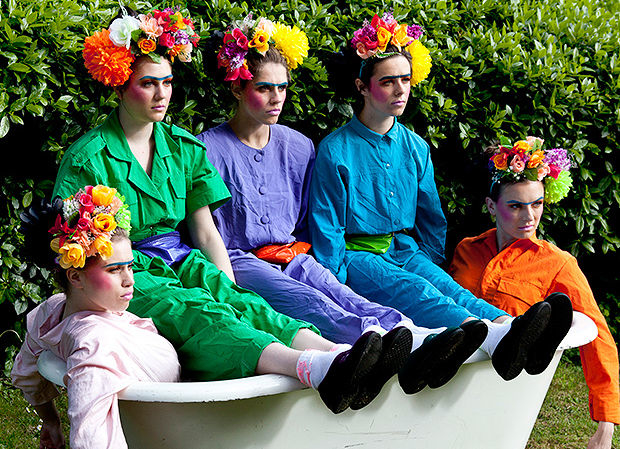Matt Trueman: Cuts are threatening artist development
‘Very few emerging artists can command sizeable audiences off their own backs’

As venues and established companies fall out of the National Portfolio, they turn to the Arts Council's Grants for the Arts fund, increasing competition for single-use subsidy – not to mention other trusts and philanthropic donations. In 2013, Grants for the Arts changed to reflect that shift, raising the upper limit for small-scale (quick turnaround) grants from £10,000 to £15,000 – making things even harder for the minnows. The bigger the organisation, the better placed it is to secure funding. Having a dedicated development specialist helps no end.
At the same time, very few artist-led organisations are being granted regular funding: of 27 new theatre National Portfolio Organisations, only six were independent and artist-led.
In turn, those artists and companies become ever more reliant on venues and larger organisations for support – even as they themselves become less able to spare that support while trying to tighten their belts and protect their own work. At the same time production fees are largely stagnant and production costs are on the up – increases that are more easily accommodated by larger organisations with in-house resources.
Getting started is particularly difficult. Hire costs on the London fringe and at the Edinburgh festival go up year on year. In Edinburgh, you've got sky-high accommodation costs to factor in as well – not to mention increased competition for audiences that makes it harder and harder for most shows to break even.
The risk of all this is that larger organisations and venues become kingmakers and gatekeepers; that they get to decide which emerging and independent artists get the opportunities to keep making work – and, as a result, how.
'The field of artist development is fraught with issues'
Last Friday, I was at Ovalhouse for a day-long symposium on artist development. The day itself was good-humoured, but the tensions between programmers and artists – the developers and the developees, as it were – became starkly apparent.
Put simply, there aren't enough resources to go around, meaning that artists end up in competition for the backing of bigger players. Decisions about who gets development opportunities are inevitably subjective and development schemes are necessarily systematic, since the flexibility to be bespoke needs time and space (and therefore money). But different artists do – and need – very different things at different points in their careers and their processes. Some will need nurturing, to help them realise and refine their practice. Others, as Seth Kriebel of Rules and Regs made clear, need a nudge; something to shift their work into new territories. His organisation gives its associated artists space, time and an envelope with a set of rules and constraints. Some just need leaving well alone.
The field of artist development is fraught with issues. What looks like an opportunity can tip into exploitation, without due care. Two weeks of free space that becomes available last minute is also a kind of ultimatum to drop everything and work for free. What the supported artist needs and what the supporting venue wants can be at odds.
Developing artists is not always the same as developing new work – and it may be that what's needed longer-term bears little (or no) short-term fruit: offering artists free tickets to see other artists, or exposing them to academics. Independent producers China Plate run a development programme called the Darkroom that gives artists two weeks and one instruction: not to make any new work. It's a chance to stop and think. As the director Alex Swift put it: you can't develop artists, only the conditions in which artists can develop for themselves.
Artist development is also about striving for sustainability. Very few emerging artists can command sizeable audiences off their own backs. Reputation takes time to build, as do fanbases. Audiences need introductions – and that's where venues and programmers can come into their own.
I spent the following day at Cambridge Junction's Watch Out festival, a day of new work – some of it still in progress – by a range of emerging and mid-career artists. Audiences might turn up to see established artists like Action Hero or Andy Field and stay to watch artists they've not previously encountered. They might simply be drawn in by a really good deal: £15 for a day full of theatre and dance, eight different shows of all shapes and sizes. It works: I caught the dance duo Igor and Moreno for the first time and I'll be back to see them in the future. The Yard and A Younger Theatre's Incoming Festival work similarly, using double-bills to double audiences up.
But events like this foster an artistic community; artists seeing other artists, meeting other artists, developing alongside, perhaps even with, other artists. The venue creates the conditions. The artists get on with the art. Quite right.












